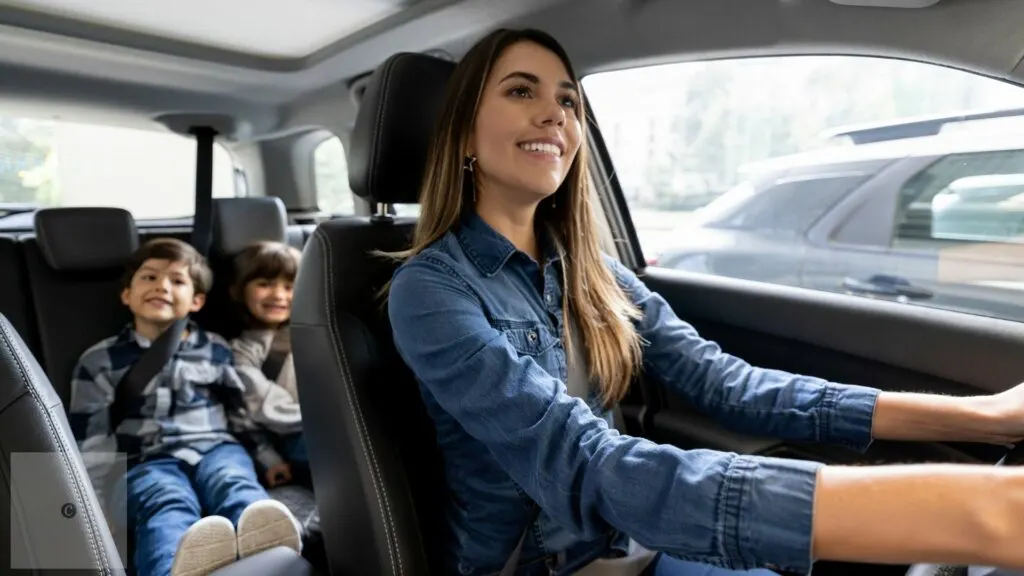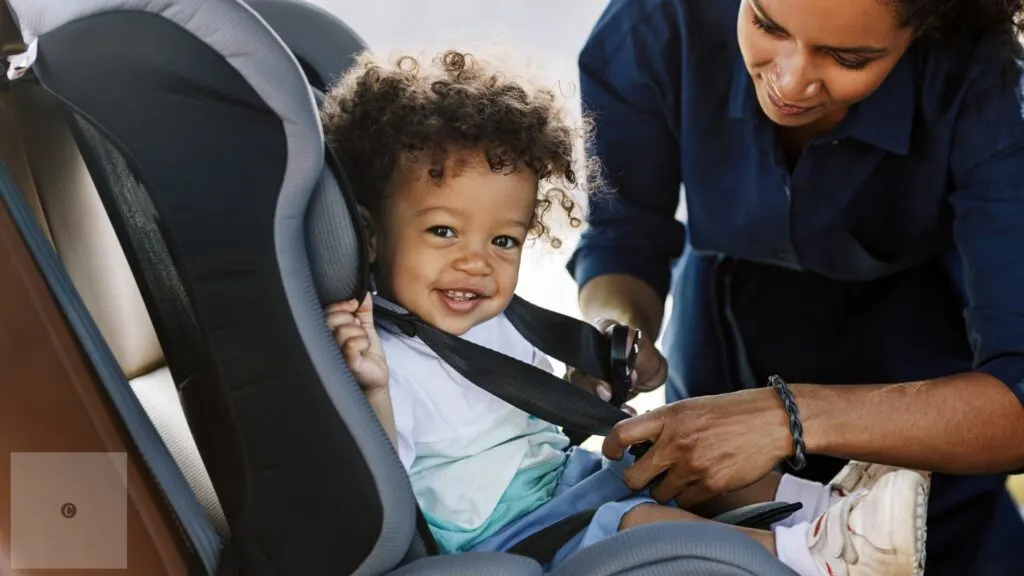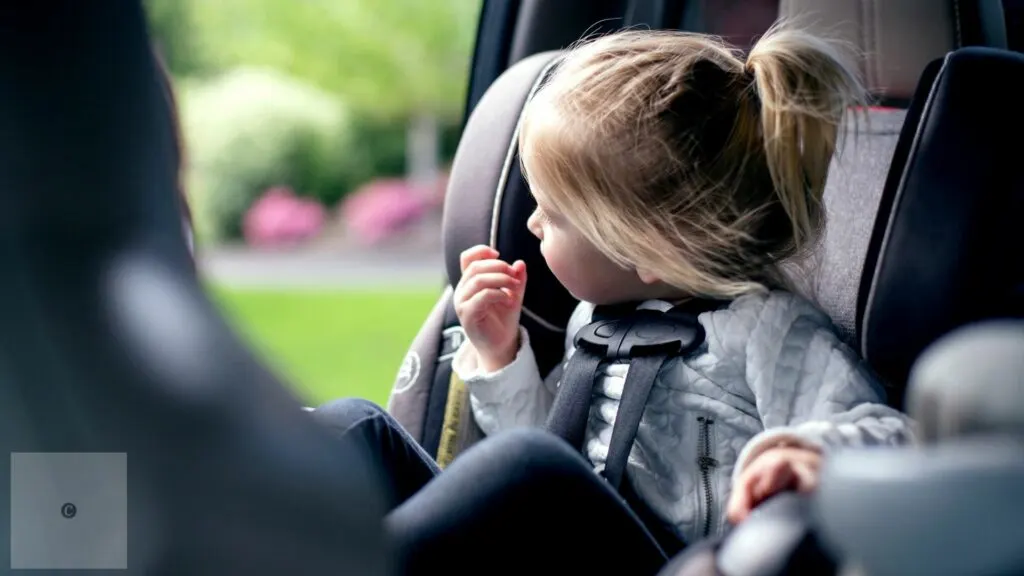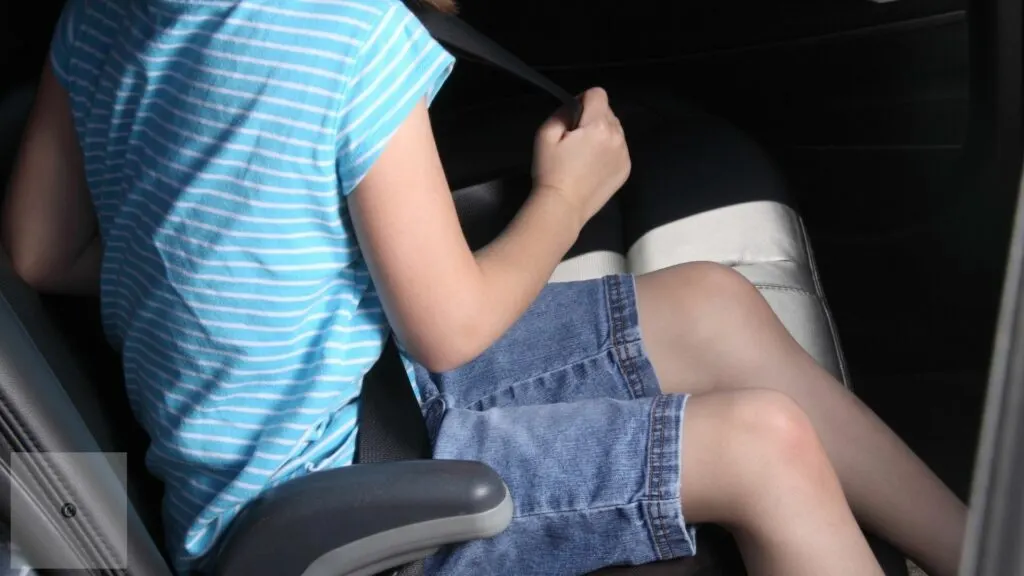Ensuring a car is childproof is essential for the safety of your little ones during travel. Vehicles can pose numerous risks, but with the right precautions, you can minimize these dangers and provide a safer environment for your children.

Install and Secure Car Seats Properly
Choosing the Right Car Seat
Selecting the appropriate car seat for your child is the first step in childproofing your car. Car seats vary based on age, weight, and height, and it’s crucial to choose one that suits your child’s specific needs. For infants, rear-facing car seats are recommended until they outgrow the seat’s height or weight limits. Convertible car seats offer flexibility as they can be used rear-facing and then converted to forward-facing as your child grows. Booster seats are designed for older children who have outgrown their harnessed car seats but are not yet large enough to use the vehicle’s seat belt alone.
Proper Installation
Once you have the right car seat, installing it correctly is vital for safety. Most car seats come with detailed instructions, but a few key points are worth noting. The LATCH (Lower Anchors and Tethers for Children) system is often the easiest and safest method for installation. If you choose to use the seat belt, make sure it is threaded through the appropriate slots and the seat is firmly secured. There should be no more than an inch of movement in any direction when you test the seat.
Regular Checks
Car seat installation isn’t a one-time task. It’s important to regularly check the fit and harness adjustments as your child grows. The harness should be snug and positioned at or below the shoulders for rear-facing seats, and at or above the shoulders for forward-facing seats. Periodically review the car seat manufacturer’s guidelines to ensure continued compliance with safety standards.
Ensure Proper Use of Seat Belts

Teaching Seat Belt Safety
As children transition from car seats to seat belts, teaching them proper seat belt use is crucial. Make sure your child understands the importance of buckling up every time they get into the car. For older children who are ready to use a seat belt alone, ensure the belt fits properly. The lap belt should lie snugly across the upper thighs, and the shoulder belt should rest on the shoulder and chest, not the neck or face.
Seat Belt Adjusters
For children who need additional support with seat belts, seat belt adjusters and booster seats can provide a better fit. An injury attorney in Albuquerque relayed that booster seats help position the seat belt correctly, reducing the risk of injury in the event of an accident. Always use booster seats as recommended until your child is tall enough to safely use the vehicle’s seat belt without it.
Keep Dangerous Items Out of Reach

Secure Loose Items
Loose items in your car can become dangerous projectiles in the event of sudden stops or accidents. To prevent this, secure or remove items that could potentially harm your child. Keep small objects, tools, and other potentially hazardous items out of reach. Utilize car organizers and storage compartments to keep the vehicle tidy and minimize distractions.
Safe Storage Solutions
Invest in car organizers that are designed to keep items securely in place. Trunk organizers, seatback pockets, and other storage solutions can help prevent items from rolling around and creating hazards. Consider using compartments to keep snacks, toys, and other necessities organized and easily accessible, reducing the likelihood of items becoming a distraction or danger.
Childproof Car Controls and Features

Locking Controls
Many vehicles come equipped with child safety locks that prevent rear doors from being opened from the inside. Engaging these locks is an effective way to ensure your child cannot accidentally open a door while the vehicle is in motion. Similarly, window locks can prevent children from accidentally operating the power windows, which can be dangerous.
Protecting Climate and Entertainment Controls
Children can be curious and sometimes accidentally adjust climate or entertainment controls, which can be distracting while driving. Use childproof covers or lockout features on these controls to minimize the risk of distraction and ensure that your child remains focused on their safety.
Ensure a Safe Vehicle Environment
Temperature Management
Maintaining a comfortable temperature inside your vehicle is essential for your child’s safety and comfort. Extreme temperatures can be dangerous, especially for infants. Make sure to adjust the climate control settings to keep the cabin at a moderate temperature and avoid exposing your child to extreme heat or cold.
Ventilation and Airbags
Understanding the role of airbags is crucial. While airbags are essential for adult safety, they can pose a risk to young children if not properly managed. Ensure that children in rear-facing car seats are positioned away from airbags. Proper installation and placement of car seats can help mitigate the risks associated with airbags.
Staying Safe
Childproofing your car is a vital step in ensuring your child’s safety while driving. By properly installing and securing car seats, ensuring the safe use of seat belts, keeping dangerous items out of reach, and maintaining a child-friendly vehicle environment, you can significantly reduce the risks associated with driving. Regular maintenance and educating your children about car safety further enhance these efforts. Implementing these strategies will help create a safer travel experience for your little ones and give you peace of mind on the road.

Jessi is the creative mind behind The Coffee Mom, a popular blog that combines parenting advice, travel tips, and a love for all things Disney. As a trusted Disney influencer and passionate storyteller, Jessi’s authentic insights and relatable content resonate with readers worldwide.
